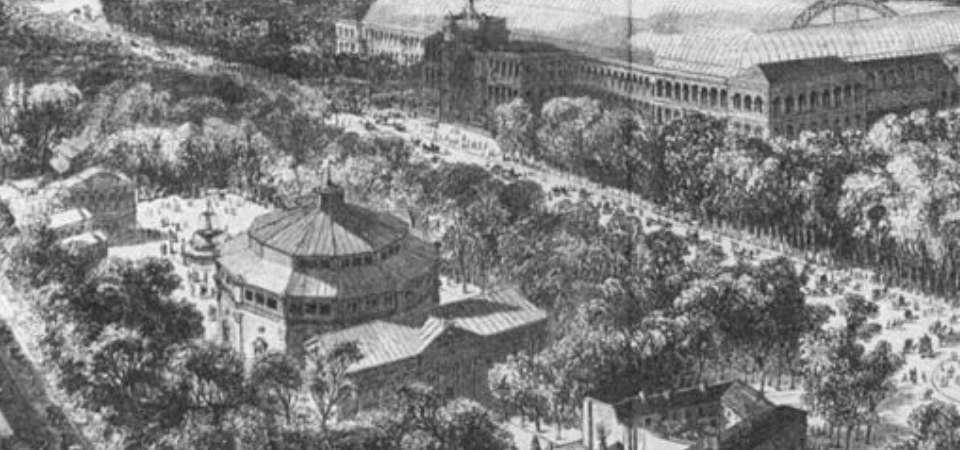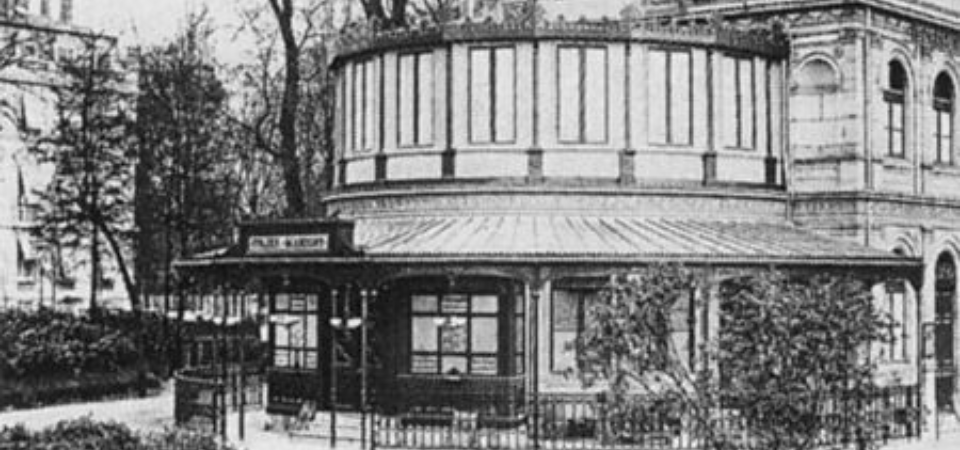- December 22, 2019
- Parisian theatre
- Jocelyn Wensjoe
Strategically located in Champs-Élysées at the end of the street on the opposite side of Arc de Triomphe, Théâtre Marigny is one of the treasured playhouses in the city of Paris. Its elegant design can stop traffic from miles away. Known to host some of the top performers in theatre and very well-known playwrights and Broadway Hit Musicals, Théâtre Marigny does not disappoint. This venue may be at the very top of the list of all the theatre-goers considering its location and noted performances. Hundreds of guests pass by this theatre to see what all the fuss is about. To give you an idea of its popularity, many tickets for various plays end up sold out in a short period of time throughout the year.

The Theatre surpasses a multitude of names
Château d'Enfer Hall
Before Théâtre Marigny became what it is today, it has gone through many changes in both infrastructure and names. In total it has had a change in name 4 times throughout the centuries. Starting with Château d'Enfer hall, it was inaugurated in 1848 after the end of the revolution. During this time the theatre only had the capacity to host 300 spectators. Originally the hall was built for a magician by the name of Salle Lacaze. The shows presented by Lacaze were a mix of humor mixed with curiosity.

Théâtre des Bouffes-Parisiens
On July 1855, Jacques Offenbach took over the theatre and named it Théâtre des Bouffes-Parisiens and later renamed Bouffes d’été. Jacques exhibited most of his famous work and other known playwrights like the very popular play, Il Barbiere di Siviglia by Rossini was introduced in this theatre. One other show that did not do very well at first was Les Deux Aveugles, a story about two men who pretend to be blind to steal from others. At first, Offenbach was thinking of cutting the program short considering spectators did not find the satirical act funny, but in the end, he decided to keep it and it soon became an international hit. Here Jacques Offenbach created a name for himself, though business was not very successful, it was on the brink of a breakdown.

Deburau theater
This is when Deburau theater came in 1858 and took over as a new and improved playhouse, but only for the summer that is. Jacques Offenbach sublet the theatre to a famed mime. Son of Jean Gaspard Deburau, Charles Deburau had decided that the theater was in need of some adjustments in the genre. Deburau only presented 3 pieces within one month and a half period. Offenbach then took over again in 1859.

Théâtre Féerique des Champs-Élysées
Considering the theatre wasn’t doing too well, in order to reduce costs, Raignard the creator of performances involving novelty tricks on stage convinced Offenbach to share the theatre with him in 1861. He proposed to use the theatre on certain days and times to provide spectators with the benefit of attending a luxurious facility where he can conduct his operettas. The performances were known to be displayed under the name Théâtre Féerique des Champs-Élysées instead of Théâtre des Bouffes-Parisiens or Deburau theater.
Théâtre des Folies-Marigny
Adopting another name before its last, the theatre became Théâtre des Folies-Marigny was bought by Mr. and Mrs. Montrouge in 1865. The playhouse became a sensation once Charles Lecocq, a successful artist known for operates and opera comiques, performed several shows.
.png)
Its decimation in 1881 and revival in 1883
After all its history and name modifications, the playhouse had its last performance and was then demolished in 1881. Charles Garnier, the architect behind Opera Garnier was in charge of the whole project and entirely transformed the theater inside and out. At last, Théâtre Marigny was born! Though, Charles Garnier designed the building to be a panorama. In 1925 the theatre was again reconstructed by Léon Volterra in order to create a more spacious ambiance.
After gaining a name for displaying exceptional dramatic works of art, a second smaller theatre was constructed with only 311 seats. The Petit- Marigny hosted artists such as Jean Bodson and Elvire Popesco.
.png)
Théâtre Marigny draws audiences from far and wide
Looking back at all the names bestowed upon the beloved theatre and its history overall, Théâtre Marigny closed its doors in 2013 to take on some remodeling after undergoing some problems with the building’s structure. Théâtre Marigny opened its doors once again in 2018. Presently displaying a wide variety of internationally acclaimed plays and musicals every season, Théâtre Marigny has captured the attention of many visitors coming to Paris and locals alike. The playhouse is known to present both English and French programs, welcoming spectators from all over the world. Funny Girl is an exceptional example of a Broadway Hit Musical being displayed in the theatre. It manages to always get a laugh from audience members from the beginning until the end. Christina Bianco plays Fanny Brice, the starting role in Funny Girl and she has gotten many appraisals for her acting. She resembles the quirky character quite well, even the New York Times had to get a piece of the action by obtaining the scoop on what all the fuss is about.
Liked this article? Take a look at historical facts on other Parisian theatres:





